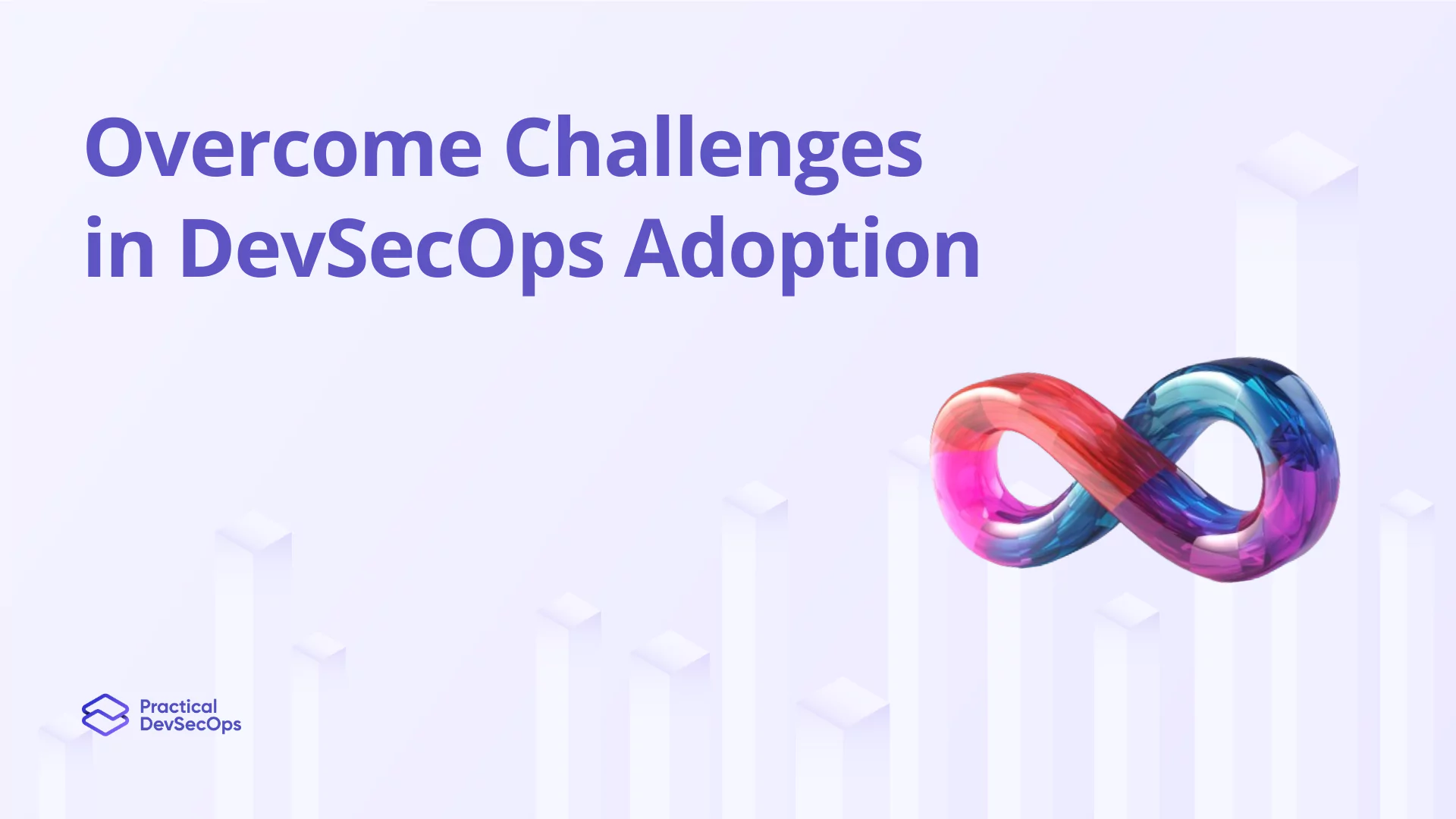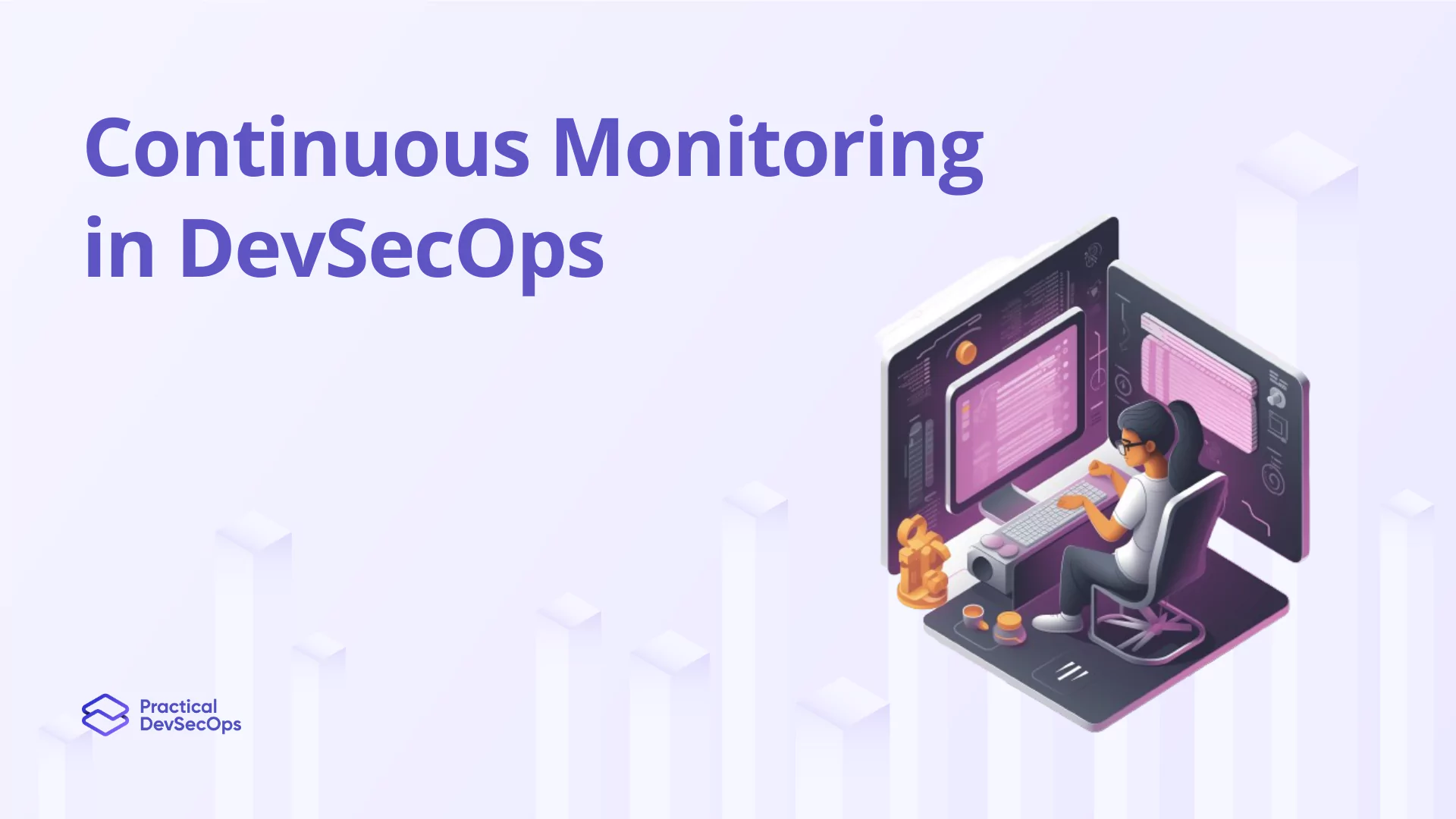Imagine you’re a chef, meticulously crafting a delicious dish. But what if, halfway through, you realize you forgot a crucial ingredient? Or worse, there’s a hidden allergen lurking in your recipe? That’s where PASTA comes in. It helps you identify and address security threats before they turn into a full-blown disaster.
Core Principles of PASTA Threat Modeling
1. Preparation Phase
- Risk Assessment: Evaluate and categorize potential risks based on business impact.
- Resource Identification: Identify critical assets, systems, and data that need protection.
2. Adversary Modeling
- Threat Profiling: Create detailed profiles of potential attackers, their motives, and capabilities.
- Threat Hunting: Conduct a proactive search for potential vulnerabilities from an adversary’s perspective.
3. System Description
- Data Flow Analysis: Analyze data flows within systems to trace potential attack vectors.
- Trust Boundaries: Define trust relationships and assess security implications at each boundary.
Also Read, Threat Modeling Data Flow Diagrams
Benefits of Embracing PASTA Threat Modeling
Discover the advantages of integrating the PASTA methodology into your security protocols to elevate your defenses:
1. Proactive Risk Management
- Early Threat Identification: Detect vulnerabilities early in the development lifecycle.
- Risk Prioritization: Prioritize risks based on severity and potential impact on critical assets.
Also read, Threat Modeling vs Pentesting: What is the Difference?
2. Enhanced Security Posture
- Improved Resilience: Strengthen security controls to withstand sophisticated cyber threats.
- Comprehensive Defense Strategies: Develop holistic defense mechanisms tailored to your organization’s risk profile.
Also Read, Comprehensively about Stride Threat Model
Conclusion
As you journey through the intricacies of the PASTA threat modeling methodology, envision yourself as a cybersecurity enthusiast equipped with the tools to fortify digital defenses effectively. By embracing proactive threat assessment, adversary profiling, and system mapping practices outlined by PASTA, you can elevate your security resilience and shield your organization against ever-evolving cyber threats. Embrace the power of PASTA threat modeling and navigate the realm of cybersecurity with confidence and expertise.
Download Free E-book on Agile Threat Modeling in 5 Simple Steps
The Certified Threat Modeling Professional (CTMP) is a vendor-neutral course and certification program. The course provides hands-on training through browser-based labs, 24/7 instructor support, and the best learning resources to upskill in Threat Modeling.
Also Read, Top 5 Threat Modeling Methodologies






0 Comments